Tropical indoor plants are not just beautiful additions to your home decor; they can also create a more relaxing, tropical atmosphere in your living space. Caring for these plants involves specific steps and considerations to ensure they thrive. Whether you have an Areca Palm, a Swiss Cheese Plant, or any other tropical variety, this guide will help you master the art of tropical plant care.
1. Understanding Light Requirements

Tropical plants generally originate from under the dense canopies of rainforests, meaning they are adapted to indirect but bright light. Place them near windows that are shielded by sheer curtains or in rooms with ample ambient light. Too much direct sunlight can scorch their leaves, while too little can stunt their growth and fade their vibrant colors.
2. Maintaining Proper Humidity

One of the key elements for thriving tropical plants is humidity. These plants love moisture in the air, much like their native jungle environments. To increase humidity, consider using a humidifier or placing a water tray near the heating system. Regular misting can also help, especially during dry winter months. Grouping plants together can create a microenvironment that naturally boosts humidity levels.
3. Watering Wisely

Water is crucial, but over-watering is one of the most common mistakes when caring for tropical plants. The soil should be kept moist but not soggy. Always check the top inch of the soil; if it's dry, it's time to water. During winter, reduce the watering frequency to prevent waterlogging, which can lead to root rot.
4. Choosing the Right Soil

The right type of soil is vital for tropical plants. They thrive in soil that is rich in organic matter and well-draining. A mixture of peat, pine bark, and coarse sand is often ideal, providing the roots with a perfect balance of aeration, moisture, and nutrients.
5. Fertilizing for Growth
Tropical indoor plants benefit from regular feeding during their growing season, which is typically from spring to summer. Use a balanced, water-soluble fertilizer every month to encourage growth. During the dormant winter months, reduce fertilizing to prevent the buildup of mineral salts that can harm your plant.
Also Read- Ultimate Guide To Caring For Your Snake Plant: Tips And Tricks
6. Pruning and Cleaning

To keep your plants healthy and well-shaped, regular pruning is necessary. Remove any yellowed leaves or overgrown branches to improve air circulation and direct the plant’s energy to healthier parts. Cleaning the leaves not only helps the plant look better but also enhances its ability to absorb light. Use a soft, damp cloth to gently wipe away dust and grime.
7. Pest Management
Tropical plants can sometimes attract pests like spider mites, mealybugs, and aphids. Inspect your plants regularly for signs of infestation, such as sticky residues or discolored leaves. Treat infestations early with insecticidal soap or neem oil, adhering to organic solutions whenever possible to keep your indoor environment toxin-free.
Also Read- Mastering Topiary: Essential Tips For Sculpting And Caring For Shaped Plants
Conclusion:
Caring for tropical indoor plants is a rewarding activity that enhances your home with a touch of nature’s beauty. By following these guidelines, you’ll ensure your tropical plants remain healthy and vibrant, bringing a bit of the tropics into your everyday life.


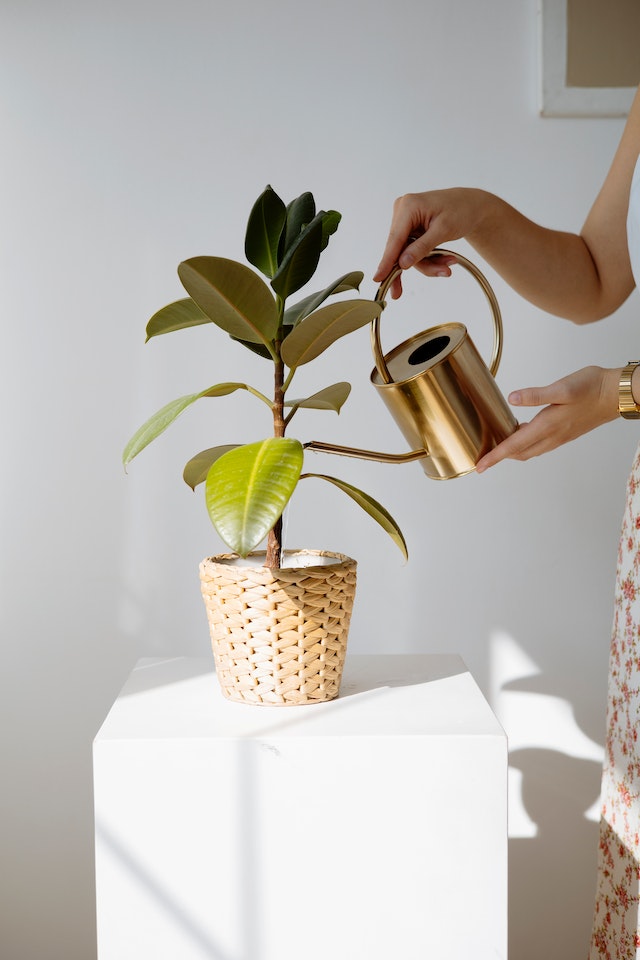


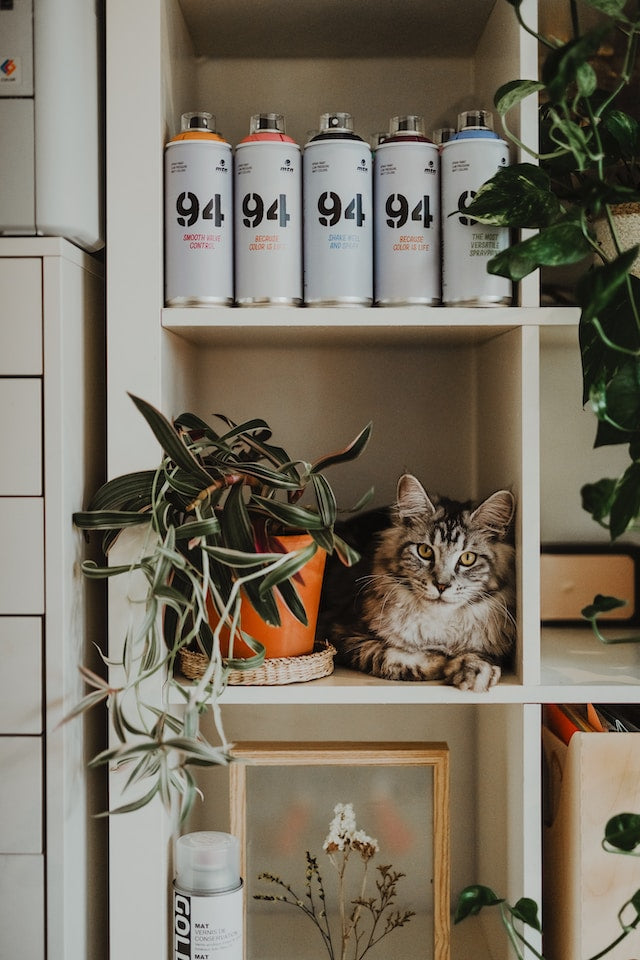
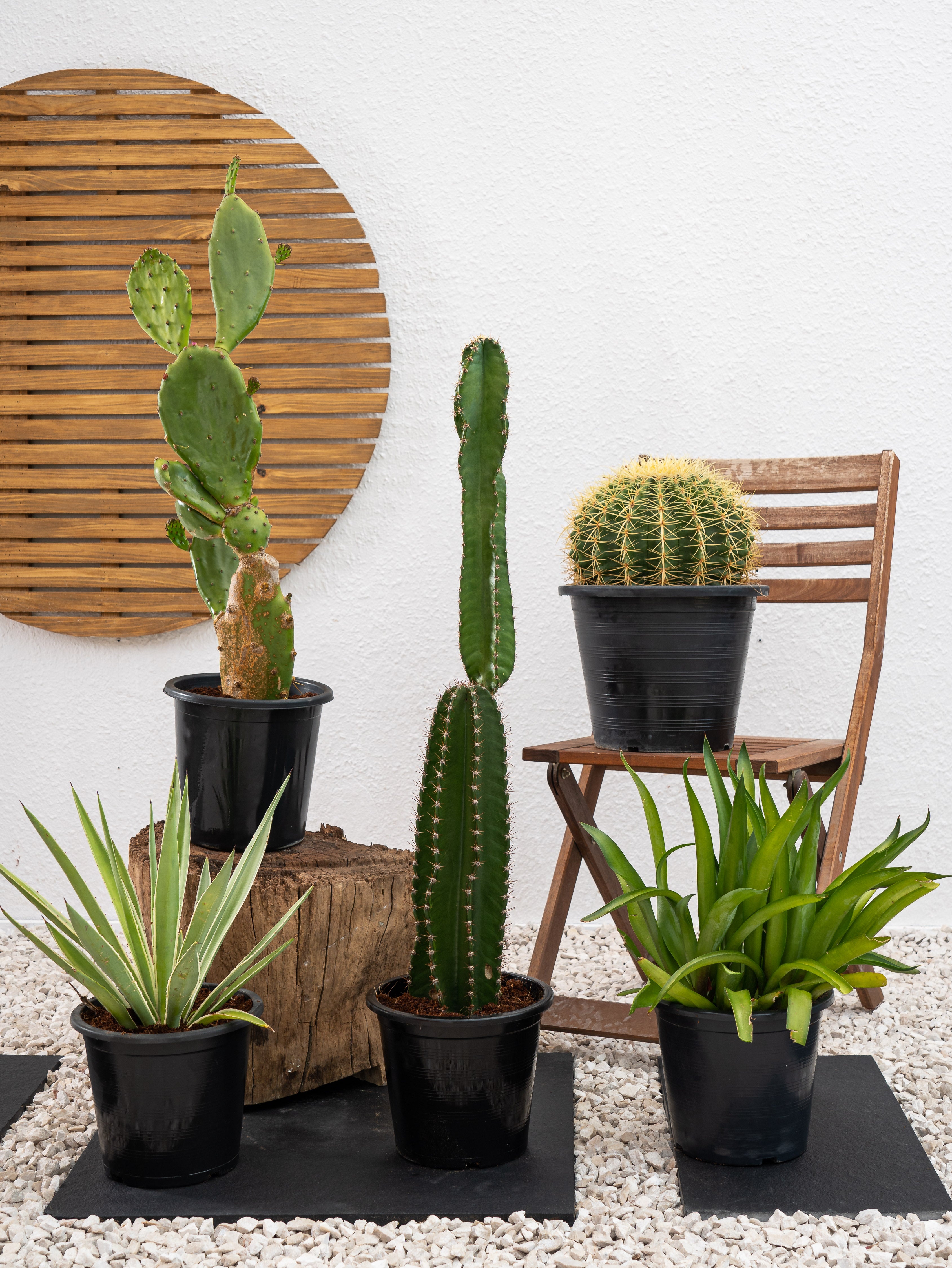
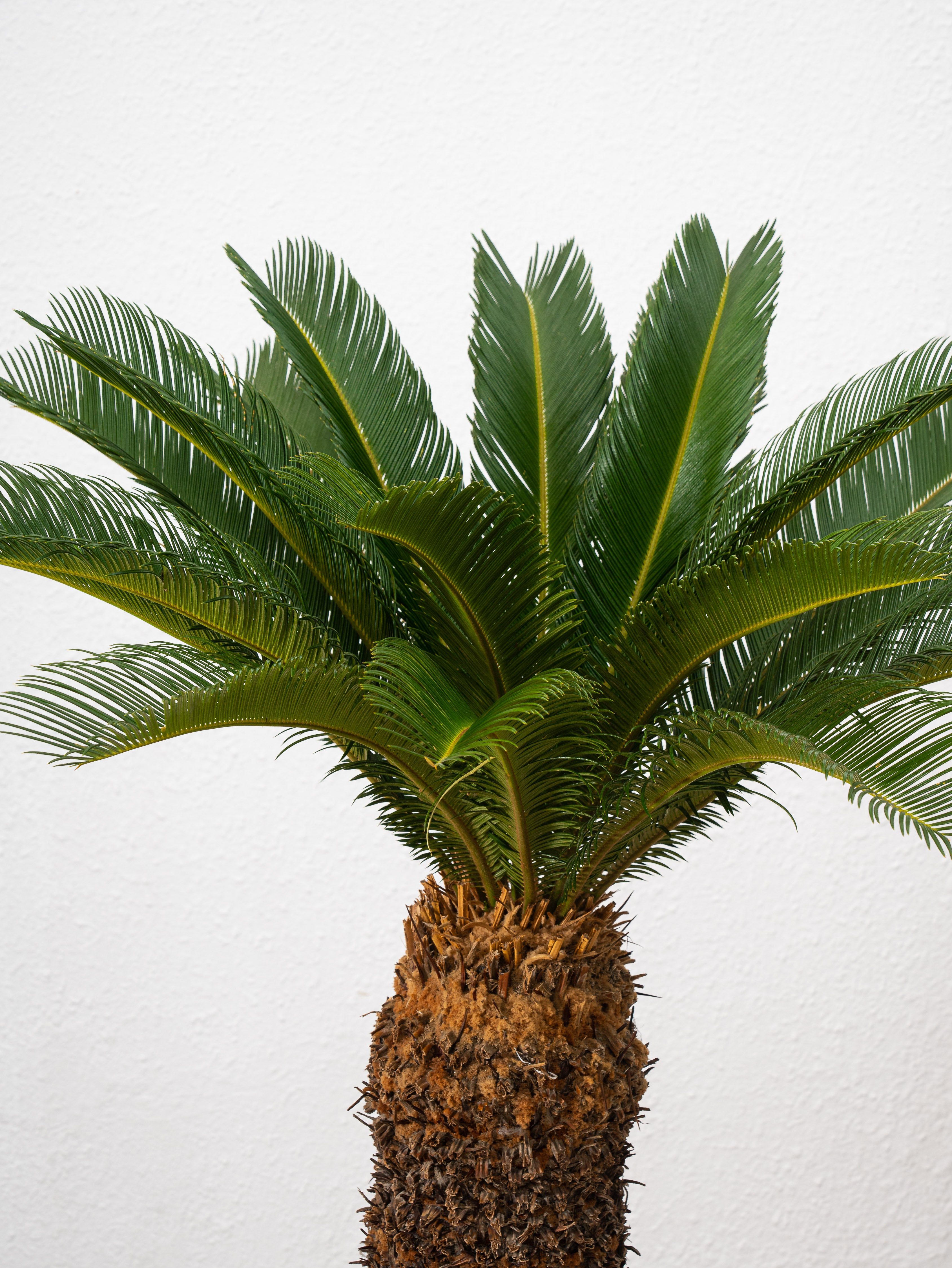
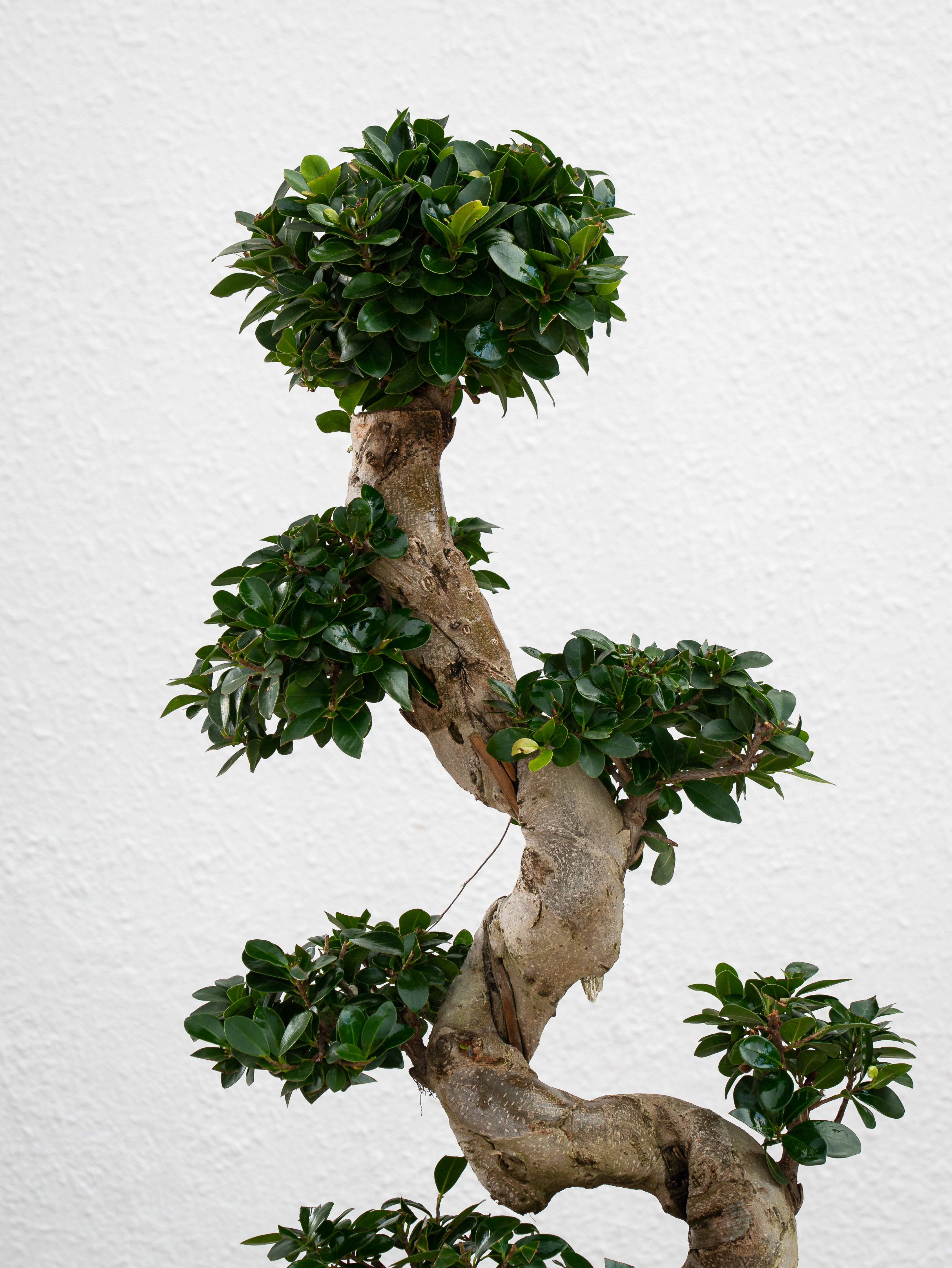

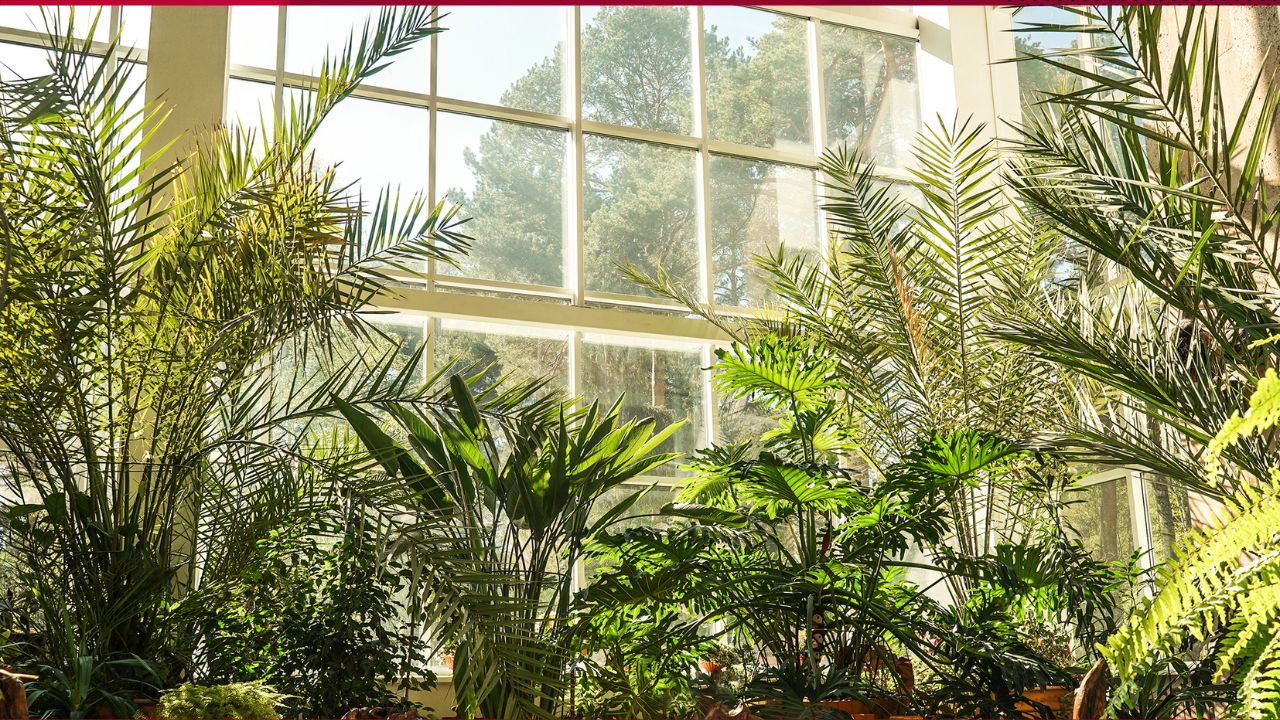


Leave a comment
This site is protected by hCaptcha and the hCaptcha Privacy Policy and Terms of Service apply.